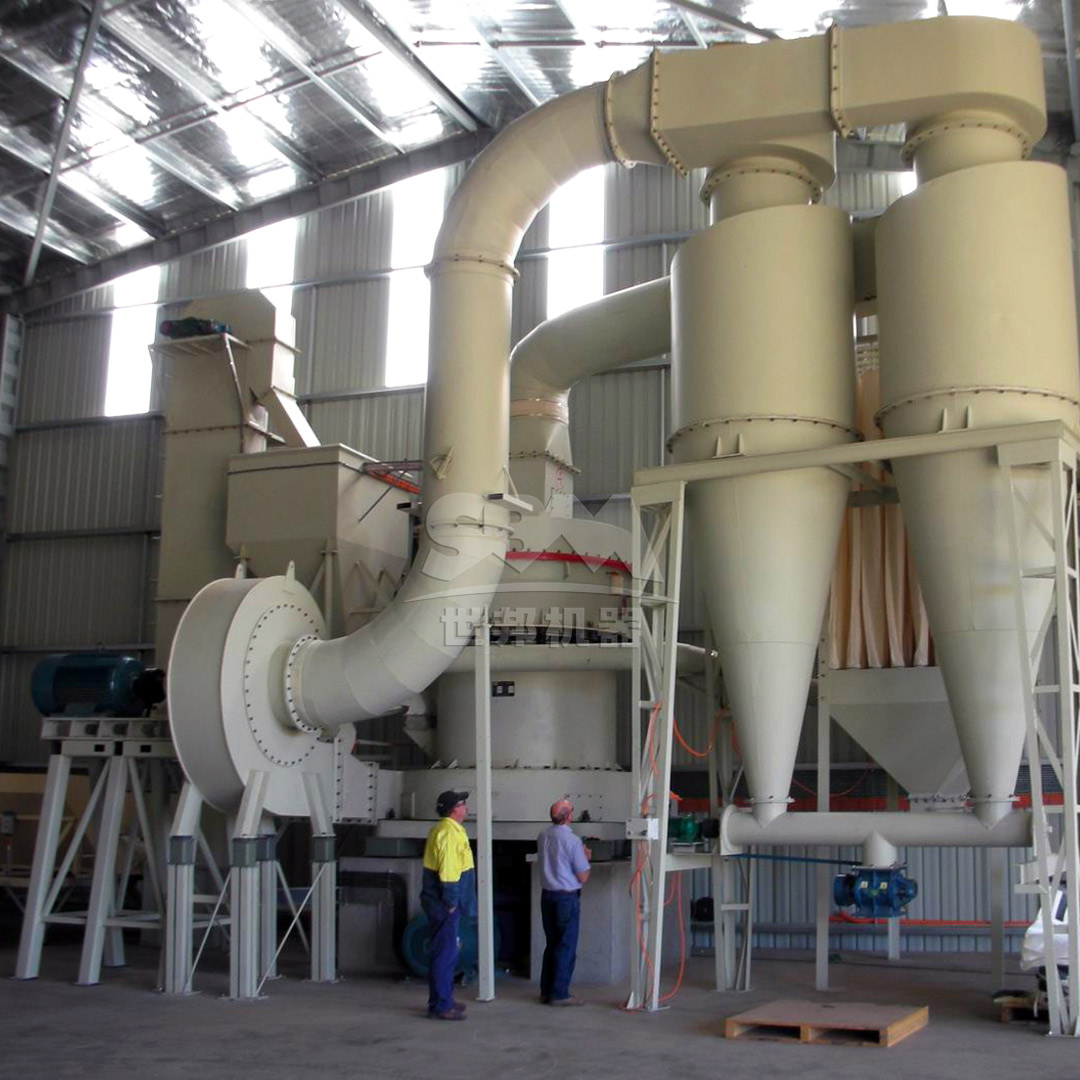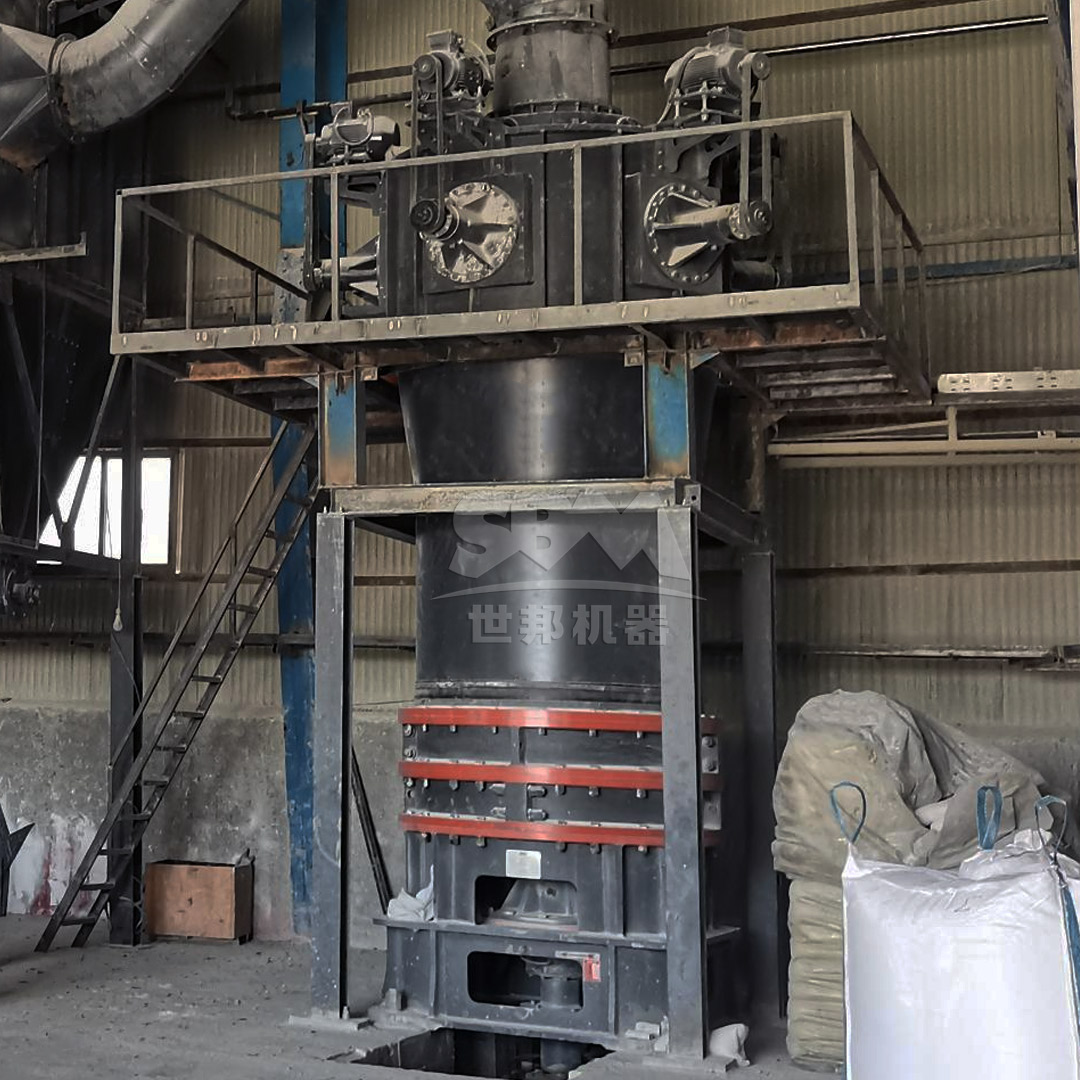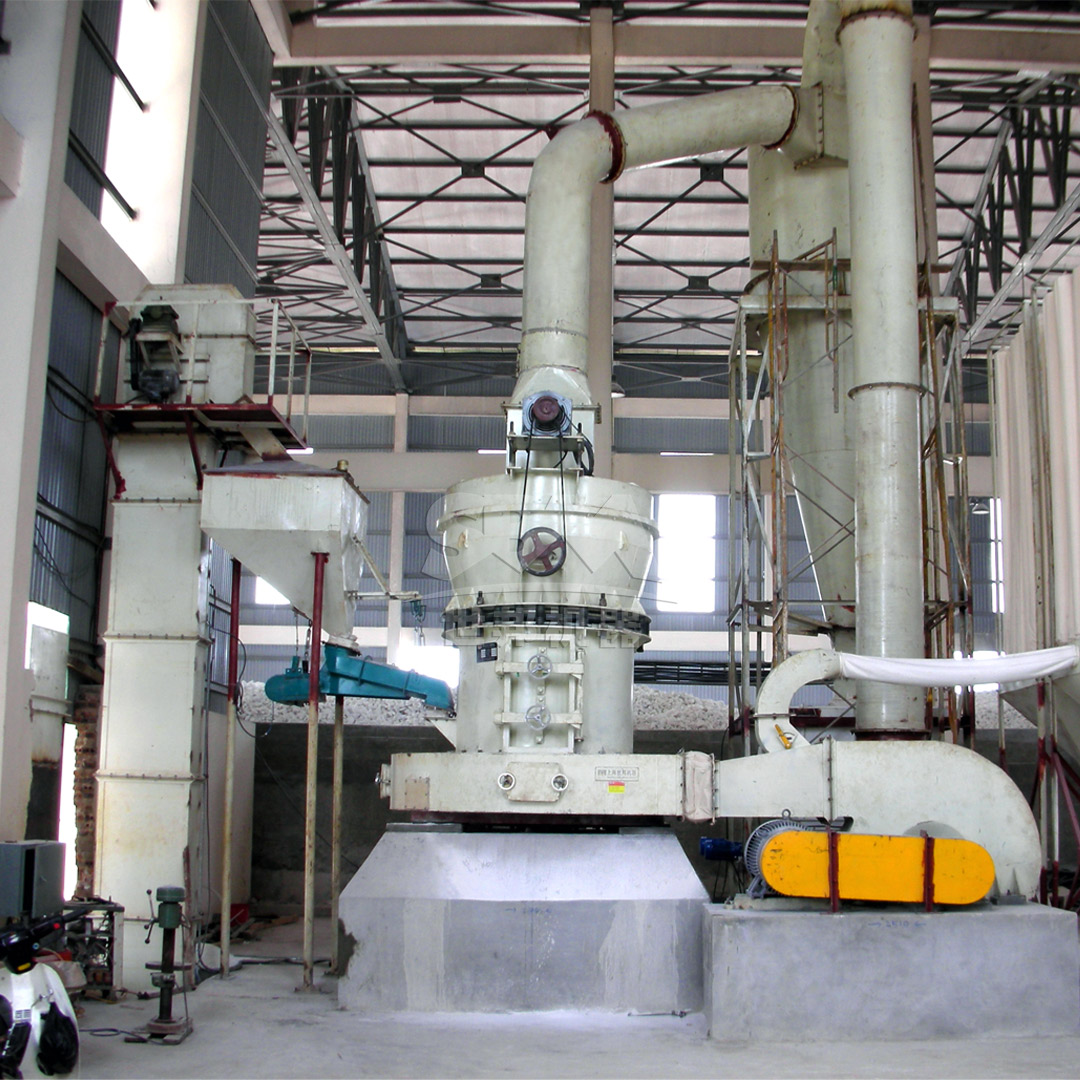The processing of dolomite, a calcium magnesium carbonate mineral, into fine and ultra-fine powders is a critical operation in numerous industries, including construction, agriculture, glass manufacturing, and environmental applications. Achieving the desired particle size distribution while maintaining operational efficiency, product quality, and stringent environmental standards presents a significant challenge. This article explores the technological advancements in dolomite grinding mills, with a specific focus on the critical integration of high-efficiency dust collection systems, and highlights premier solutions available on the market.
The value and applicability of dolomite powder are directly tied to its fineness and particle size distribution (PSD). Coarser grinds (e.g., 30-100 mesh) are typically used as agricultural lime and in construction aggregates. Medium-fine powders (100-325 mesh) are essential fillers in plastics, paints, and rubber. Ultra-fine dolomite powders (325-2500 mesh or D97 ≤ 5μm) are highly sought after for advanced applications such as high-quality glass production, specialty ceramics, and as a functional filler that can enhance material properties. Therefore, selecting a grinding mill capable of delivering precise PSD control across this entire range is paramount.
Grinding any mineral, including dolomite, is an energy-intensive process that inherently generates dust. This creates two primary challenges:
An integrated dust collection system addresses these challenges by capturing dust at the source, ensuring a clean working environment, maximizing product recovery, and protecting downstream equipment.
Modern mills move beyond simple crushing to incorporate precision grinding and classification in a single, efficient unit. Key technological features to look for include:

A dust collection system is most effective when it is designed as an integral part of the grinding mill, not an afterthought. The most common and effective type for fine powder processing is the Pulse Jet Baghouse Filter.
How it Works: The mill operates under negative pressure. The dust-laden air is drawn into the filter housing. As air passes through the filter bags, fine particles are captured on the outside surface. Clean air exits through the top. Compressed air pulses are periodically blasted into the bags (from the top), dislodging the dust cake, which falls into a hopper for recovery and recycling back into the product stream.
Advantages of Pulse Jet Systems:
For operations requiring high-capacity production of ultra-fine dolomite powders, the SCM Ultrafine Mill represents a pinnacle of integrated design and performance. This mill is engineered from the ground up to handle materials like dolomite efficiently, with a dust collection system woven into its core functionality.
Key Advantages for Dolomite Grinding:
| Model | Processing Capacity (ton/h) | Main Motor Power (kW) | Output Fineness (mesh) |
|---|---|---|---|
| SCM800 | 0.5-4.5 | 75 | 325-2500 |
| SCM900 | 0.8-6.5 | 90 | |
| SCM1000 | 1.0-8.5 | 132 | |
| SCM1250 | 2.5-14 | 185 | |
| SCM1680 | 5.0-25 | 315 |

For projects where the target fineness is in the coarse to medium-fine range (30-325 mesh) and capacity requirements are very high (up to 45 TPH), the MTW Series Trapezium Mill is an excellent choice. It is a robust and modernized version of the traditional Raymond mill.
Key Advantages for Coarser Dolomite Grinds:
Investing in advanced dolomite grinding technology is an investment in product quality, operational efficiency, and environmental stewardship. The key to a successful operation lies in choosing a mill that not only delivers the required particle size and capacity but also incorporates a high-performance, integrated dust collection system. Solutions like the SCM Ultrafine Mill for ultra-fine applications and the MTW Series Trapezium Mill for coarser, high-volume grinds exemplify this holistic approach to modern mineral processing. By prioritizing integrated design, manufacturers can ensure maximum yield, minimal environmental impact, and a safe, sustainable operation for years to come.
